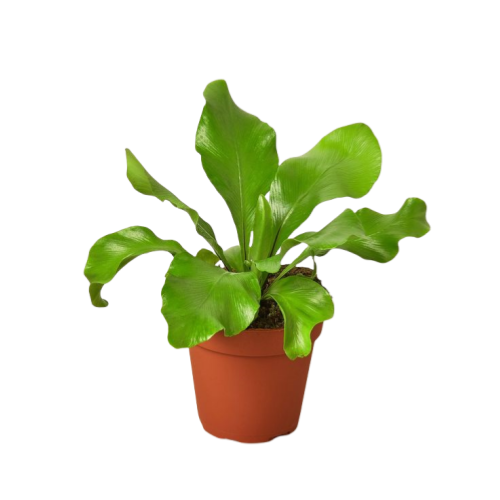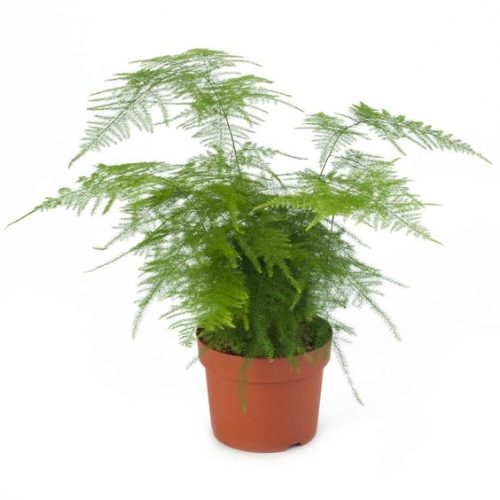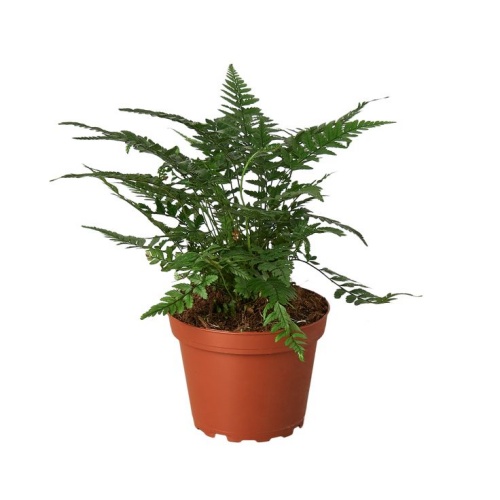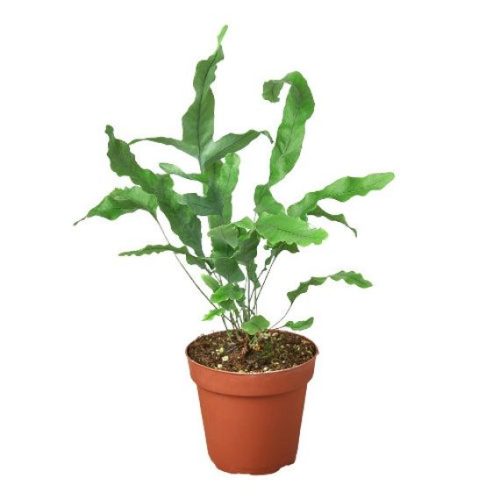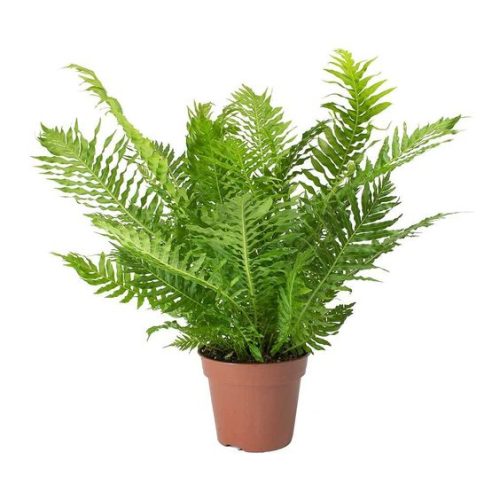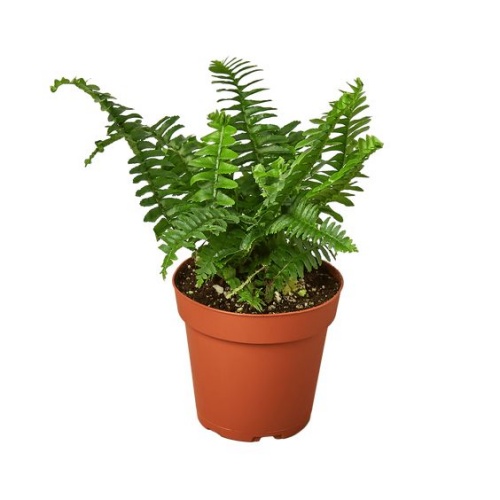Subhorn fern
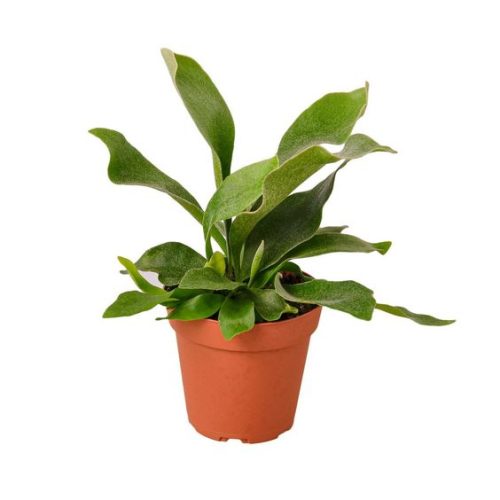
- Botanical Name: Nga momo tohu tohu
- Family Name: Nga momo tohu tohu
- Kakau: 1-3 inches
- Te pāmahana: 10℃-38℃
- Other:
Tirohanga whānui
Whakaahuatanga Hua
Shoghorn Fern: Ko te rangatiratanga o te tipu hau nui
Staghorn Fern’s Tropical Roots
Tuhinga o mua (Ko nga momo tohu tohu) he epiphytes taketake ki nga ngahere tonga o te tonga o Ahia, Ahitereiria, me Awherika, tae atu ki nga Madagascar me nga Moutere o te Moananui a Kiwa. E mohiotia ana enei otaota mo o raatau kaha ki te whakatipu i runga i nga kahiwi rakau me nga rocky o te hau, ka ahu mai i te hau me te ua, i te oneone. Ko ta ratau ahuatanga e tipu ana, me te whiu i nga rau ka tino pai ki a raatau i waenga i nga kairangahau tipu o roto.
Physically, Staghorn Ferns display two distinct leaf forms: the sterile fronds that resemble broad antlers and the fertile fronds which are round and compact, housing spores for reproduction. The sterile fronds can extend up to three feet, showcasing the plant’s unique silhouette. Over several growing seasons, these fronds build up, creating a natural sponge that holds water for the plant during dry times and also catches falling debris, providing nutrients as it decays.
Ko te Fighorn Ferns, ko te rongonui pūtaiao he momo karaati, i ahu mai i nga ngahere ngahere o te tonga o Ahia, Ahitereiria, me Awherika. Ko enei epiphytes ka tupu noa i runga i nga kahiwi rakau me nga rocky octronts, te tango i nga matūkai mai i te hau me te ua, kaua ki te oneone. Ko ta ratau ahuatanga e tipu ana, me te whiu i nga rau ka tino pai ki a raatau i waenga i nga kairangahau tipu o roto.
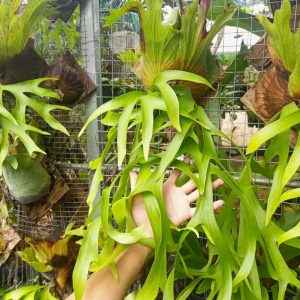
Tuhinga o mua
Tuhinga o mua
Physically, Staghorn Ferns display two distinct leaf forms: the sterile fronds that extend like broad antlers, reaching up to three feet in length, and the fertile fronds which are round and compact, housing spores for reproduction. The sterile fronds boast a distinctive shape, mimicking deer antlers, while the fertile fronds are smaller and shield-like, protecting the plant’s root ball.
Nga hiahia o te shoghorn
Ko enei otaota e tupu ana i roto i nga tikanga e whakaitihia ana o raatau takenga ahu whenua, me te whakaatu i te maama, te maama engari me te pāmahana i waenga i te 60 ° F ki te 27 ° C). He pai ki a ratau te taiao-wai ka taea te whakanoho ki nga kete, ka tipu i roto i nga kete, ka waiho mo te waahi whakamua i roto i nga waahi o roto, o waho hoki.
Staghorn’s Decorative Appeal
Ka rapua a Subhorn Ferns mo o raatau tino whakaari, nga raumu whakairo, e hono ana i te pa ki te waahi. Ka taea te eke ki runga i nga papa, i nga papaa ranei ka whakaatuhia ki nga pakitara, ki te whakatipu ranei i nga kete, he maamaa hoki ratou i roto i nga whare, tari, me nga kari. Ko ta ratau silhouette ahurei me te kaha ki te tango i te makuku me nga matūkai mai i te hau ka iti noa iho te tiaki i tetahi whakapaipai.
Ensuring Staghorn’s Vigor
To boost the survival rate of Staghorn Ferns, it’s crucial to provide bright, indirect light, ensuring the base dries out between waterings to prevent root rot. Maintain humidity levels similar to a tropical forest by misting the plant or using a humidifier. Protect the fern from harsh direct sunlight and extreme temperatures, which can stress the plant. Fertilize monthly during the growing season with a balanced, water-soluble fertilizer to promote healthy growth.





